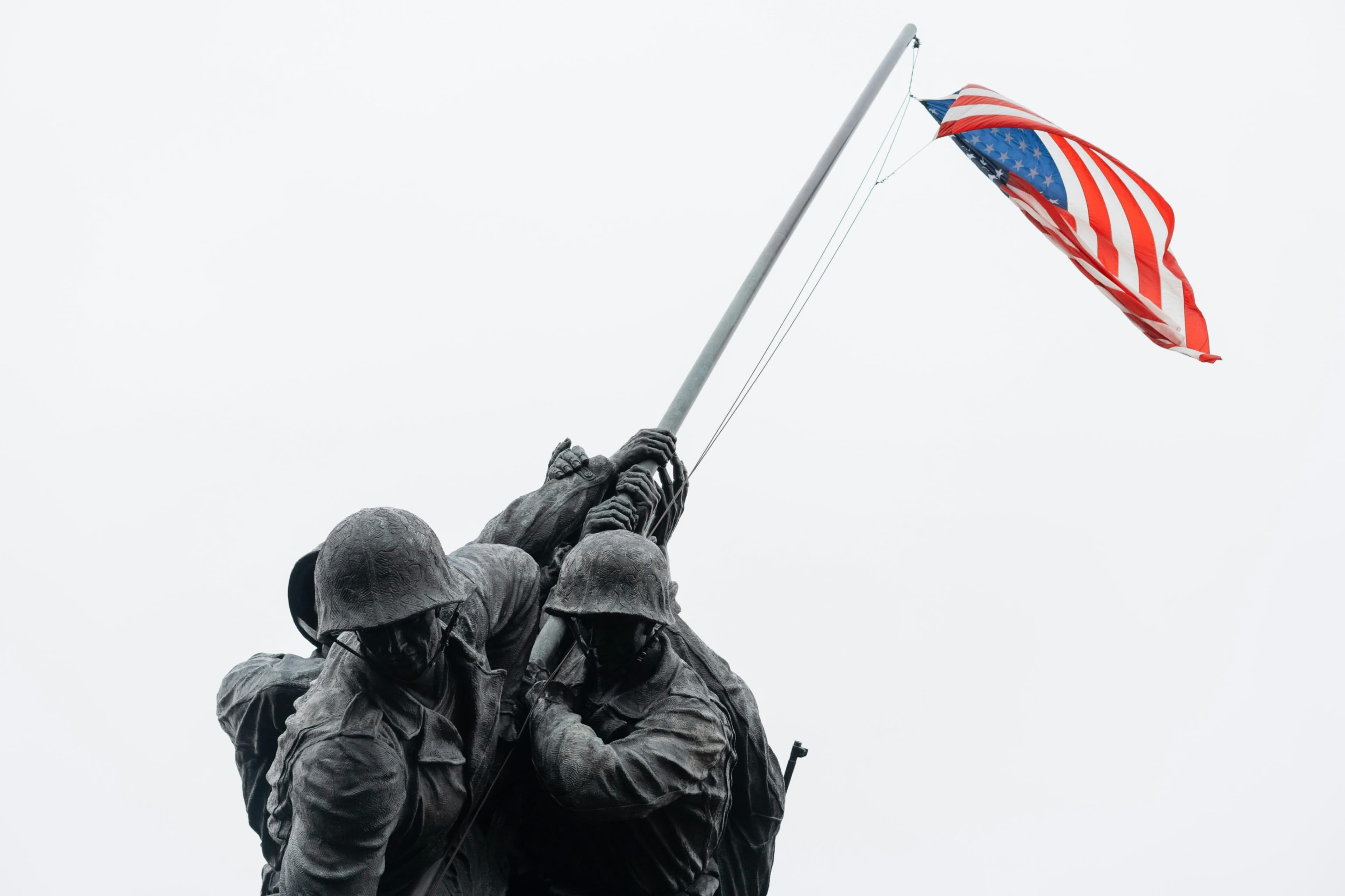
Marching Together: Applying Military Team-Building to the Modern Workplace
One of the most tangible lessons from military service is the power of shared hardship and collective purpose. When soldiers train, deploy, and live together, they form bonds rooted in trust, accountability, and mutual dependence. These bonds are not accidental but are the result of deliberate leadership strategies that can be adapted to civilian workplaces. For instance, military units frequently conduct after-action reviews (AARs) not only to assess performance but also to reinforce team identity and ensure that every member feels their input matters. Leaders in civilian organizations can adopt a similar approach by conducting team debriefs after major projects or events, encouraging open feedback and focusing on collective learning rather than individual blame.
Another transferable element is the use of rituals and routines that strengthen group cohesion. Morning formations, unit runs, and ceremonial events all serve to remind service members that they are part of something larger than themselves. Civilian leaders can replicate this by establishing consistent, meaningful rituals within their teams, such as regular recognition meetings, shared service projects, or informal gatherings that go beyond the transactional nature of work. These shared experiences create a rhythm that binds the team together and fosters a sense of belonging, particularly important for veterans adjusting to civilian environments where such structures are often absent.
Building Mentorship Programs Inspired by Military Traditions
Mentorship in the military is not a peripheral activity; it is embedded into leadership expectations at every rank. Non-commissioned officers (NCOs) are trained not just to manage tasks but to grow their subordinates' technical skills and character. This structured approach to mentorship can be especially beneficial in civilian organizations where newer employees often struggle to find guidance. By establishing formal mentoring programs that pair experienced staff with new hires, organizations can replicate the military model of continuous development and accountability. These programs are most effective when they include clear objectives, regular check-ins, and a feedback loop that informs future iterations.
Additionally, leaders should consider the role of peer mentorship, which is prevalent in military units. Peer support structures, such as battle buddies or squad leaders, ensure that no individual is left isolated. This concept can be applied by creating small work teams or affinity groups in civilian offices, particularly those with multiple veteran employees. These peer structures enable informal knowledge sharing and emotional support, reducing turnover and increasing job satisfaction. Research has shown that mentorship increases employee engagement and retention, particularly when mentors model desired behaviors and provide honest, constructive feedback (Allen et al. 2004)1.
Fostering
Read-Only
$3.99/month
- ✓ Unlimited article access
- ✓ Profile setup & commenting
- ✓ Newsletter
Essential
$6.99/month
- ✓ All Read-Only features
- ✓ Connect with subscribers
- ✓ Private messaging
- ✓ Access to CityGov AI
- ✓ 5 submissions, 2 publications
Premium
$9.99/month
- ✓ All Essential features
- 3 publications
- ✓ Library function access
- ✓ Spotlight feature
- ✓ Expert verification
- ✓ Early access to new features
More from Military
Explore related articles on similar topics





